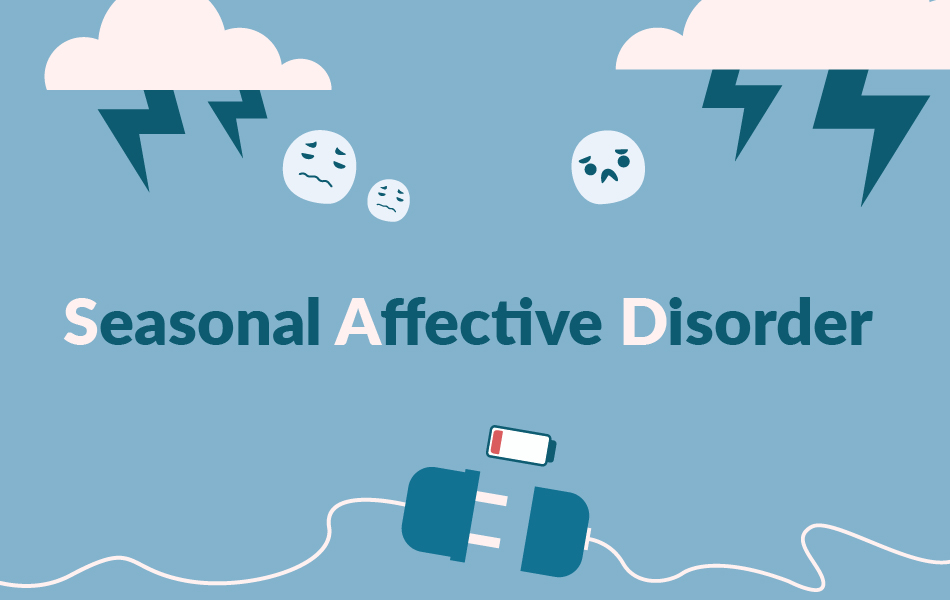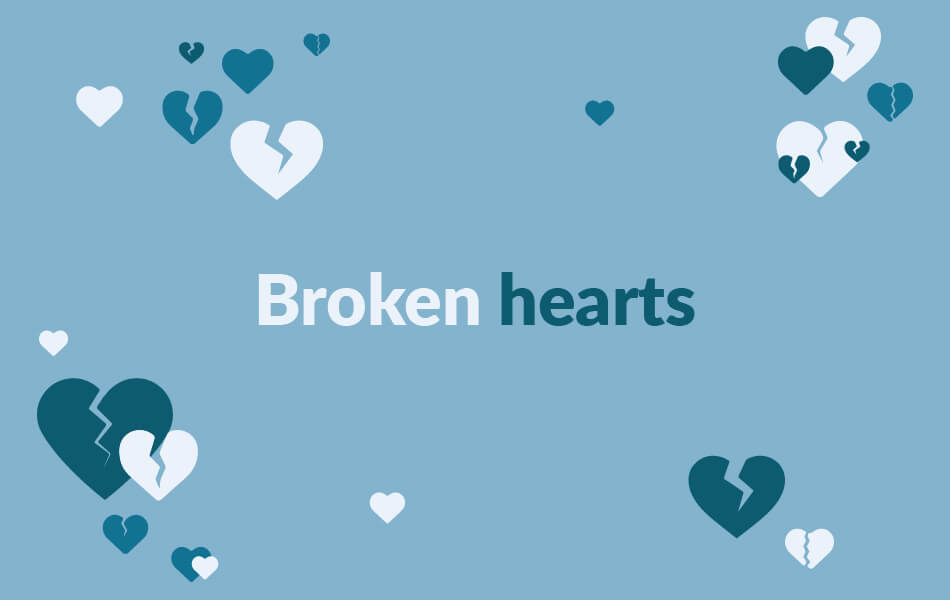Self Harm
Why You Should Seek Treatment for Self Harm
Self Harm | The effects of self-harm does not begin and end with the physical damage done to the body.
It can be said that the psychological effects are far more damaging. If you think about it, the mental state required to bring about self-harm in the first place implies an individual is struggling greatly with negative thoughts and emotions. And it is just these thoughts and feelings - and the person's inability to manage them - that poses a considerable risk to well-being. Some of the physical consequences of self-harm include scarring and wounds, bald spots, infection, and nerve damage.
Psychologically, someone who self-harms might have low self-esteem, depression, as well as feelings of shame and guilt.
Get in touch with a professional
Contact us today if you or a loved one needs professional help with self harm.
Basic Mental Health Quiz
Taking the first step to mental health involves determining whether you may have a problem. Our quick online questionnaire will assist you do that.













